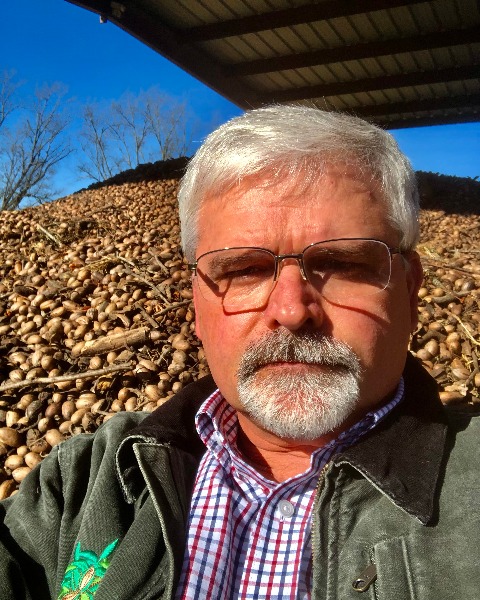Member Symposium
Plant-Insect Ecosystems
Optimizing repellents and attractants as a "push-pull" strategy for ambrosia beetles in horticultural tree crops

Aaron Yilmaz
Postdoctoral Research Associate
USDA
Wooster, Ohio
Shimat V. Joseph
Associate Professor
University of Georgia
Griffin, Georgia
Brett R. Blaauw
Associate Professor
University of Georgia
Athens, Georgia
Ted E. Cottrell
Research Entomologist
USDA
Byron, Georgia
Alejandro Del-Pozo
Assistant Professor & Extension Specialist
Virginia Tech
Virginia Beach, Virginia- MR
Michael E. Reding
Research Entomologist
USDA
Wooster, Ohio 
Christopher M. Ranger (he/him/his)
Research Entomologist
USDA
Wooster, Ohio
Presenting Author(s)
Co-Author(s)
Co-author(s)
Co-Author(s)
Co-author(s)
Co-Author(s)
Invasive ambrosia beetles are pests of serious economic concern, causing millions of dollars in horticultural and crop tree loss annually. Ambrosia beetle attraction to ethanol and avoidance of verbenone and methyl salicylate may provide a push-pull system of semiochemical management, where ethanol-baited annihilative traps are used to “pull” beetles away from production trees, while verbenone and methyl salicylate pouches hung from production trees “push” beetles away. We conducted four years of ethanol release rate experiments, aimed at finding the most attractive ethanol rate to four species of major concern. We then assessed the efficacy of verbenone and methyl salicylate as an ambrosia beetle repellent in the presence of ethanol. Lastly, we flood stressed 96 container-grown trees at several nursery sites to induce ambrosia beetle attacks—48 control trees, and 48 trees with verbenone and methyl salicylate repellents and ethanol traps posted around them. Results showed that ethanol lures with release rates between 0.71 and 1.06 g/day tend to trap the most ambrosia beetles of interest, but that the optimum varies among years and species. Our results also supported verbenone as an effective repellent for ambrosia beetles, with methyl salicylate not being significantly different from the control. Our results from the full push-pull field trial showed significantly fewer ambrosia beetle attacks, adults, larvae, and eggs in push-pull trees compared to control trees. Past push-pull experiments have had mixed results, but with the fine-tuned parameters in our study, we demonstrate the efficacy of push-pull strategies against ambrosia beetles.

.png)
